Reforestation in the United States is not just about planting trees—it’s about restoring balance to entire ecosystems. As deforestation continues to threaten natural habitats, reforestation efforts are becoming a vital tool in wildlife conservation. When forests are regrown, they bring back shelter, food sources, and migration paths for countless species. Across the country, reforestation is helping to rebuild the natural homes of native animals and improving biodiversity in powerful ways.
Why Reforestation Matters for Wildlife
When forests are cleared, wildlife often has nowhere to go. Many species rely on trees and plant life not only for shelter but also for breeding and food. Reforestation works to reverse these damages by rebuilding habitats that have been lost due to logging, wildfires, and human development.
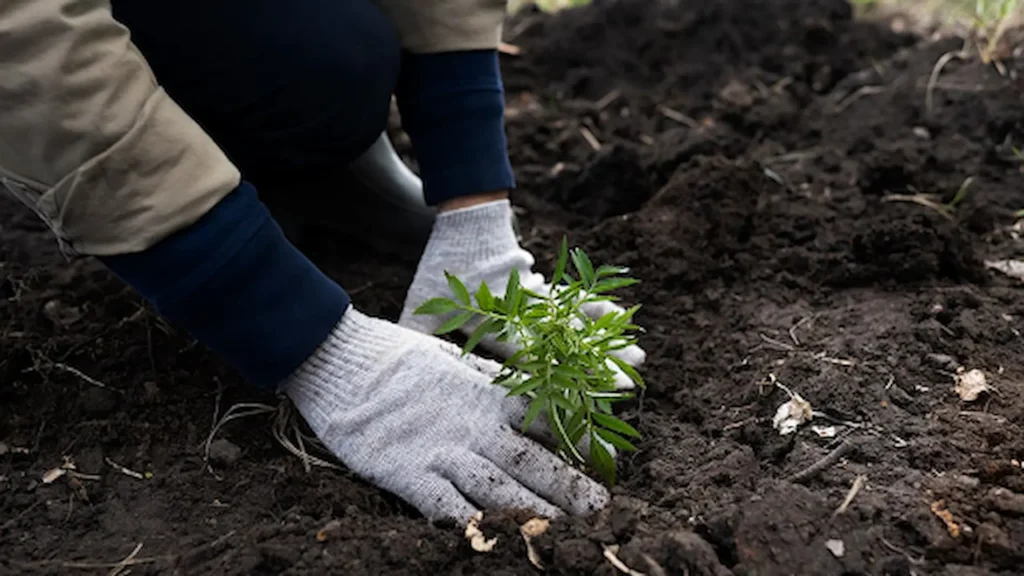
In regions where forest restoration projects have taken root, animals such as foxes, birds, deer, and even endangered species like the red-cockaded woodpecker have started to return. This shows how reforestation can directly support the survival and return of wildlife.
To explore more about how environmental actions benefit nature, our Wildlife Conservation and Biodiversity section covers many related initiatives.
How Forest Restoration Rebuilds Ecosystems
Reforestation doesn’t just add trees—it repairs entire forest ecosystems. When native trees are planted, they attract insects, birds, and small mammals that rely on them. Over time, these small changes lead to the return of larger species and more complex food webs. Soil improves, air quality rises, and water cycles stabilize—all of which help wildlife flourish.
In the United States, organizations and communities are leading large-scale reforestation projects in areas like the Pacific Northwest, the Appalachians, and the Great Lakes region. These forests are home to thousands of animal species that depend on these habitats for their survival.
To better understand sustainable land practices that support wildlife, visit our page on Sustainable Living.
The Role of Native Trees and Plant Diversity
The choice of trees matters. Planting native species is essential to the success of any reforestation project. Native plants are already part of the local food chain and ecosystem, which means animals recognize them as food or shelter.
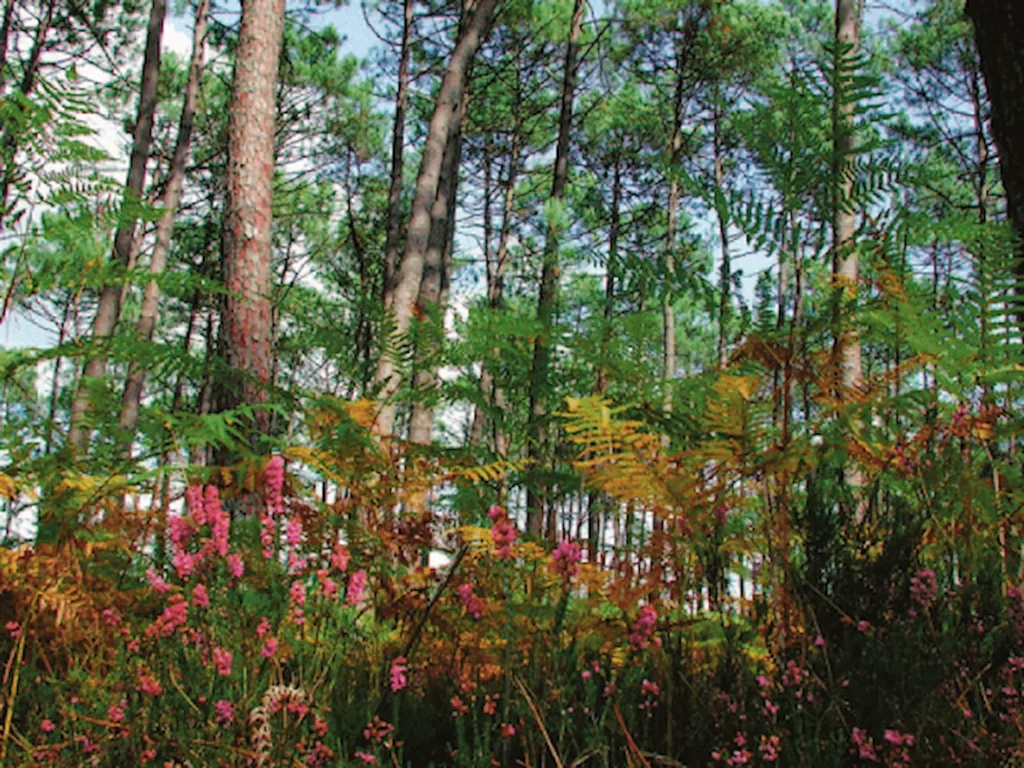
For example, in California, reintroducing native oak trees has led to an increase in squirrel and bird populations. Similarly, in the Midwest, pine forests support hawks, owls, and foxes that had nearly disappeared after logging.
Want to learn more about how plant diversity supports the planet? You might enjoy reading through our Urban Gardening articles.
Reforestation and Climate Action
Restoring forests also plays a critical role in climate regulation. Trees absorb carbon dioxide, which reduces the effects of climate change—a major threat to global wildlife. By planting trees and preserving forests, we not only fight climate change but also create long-term homes for animals.
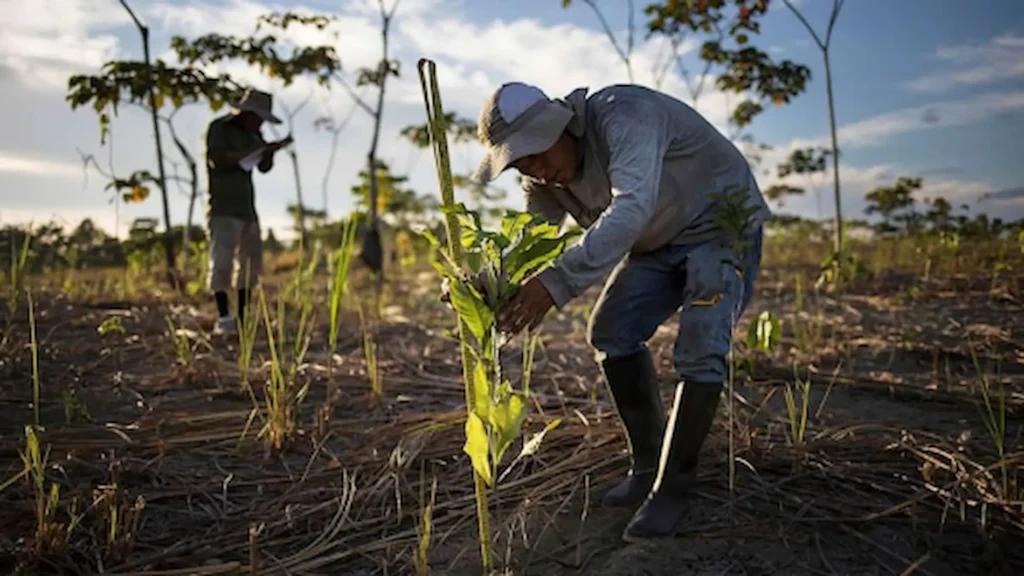
If you’re interested in how this connects to broader environmental efforts, we encourage you to read our work on Renewable Energy Awareness and Climate Education.
Case Study: Reforestation and the Return of Wildlife in the U.S.
Across different U.S. states, we’ve seen firsthand how reforestation has helped animals make a comeback. In the southeastern United States, longleaf pine forests were once nearly wiped out. These forests are crucial habitats for endangered species like the gopher tortoise and the red-cockaded woodpecker. Through committed forest restoration programs, both animal populations are showing signs of recovery.
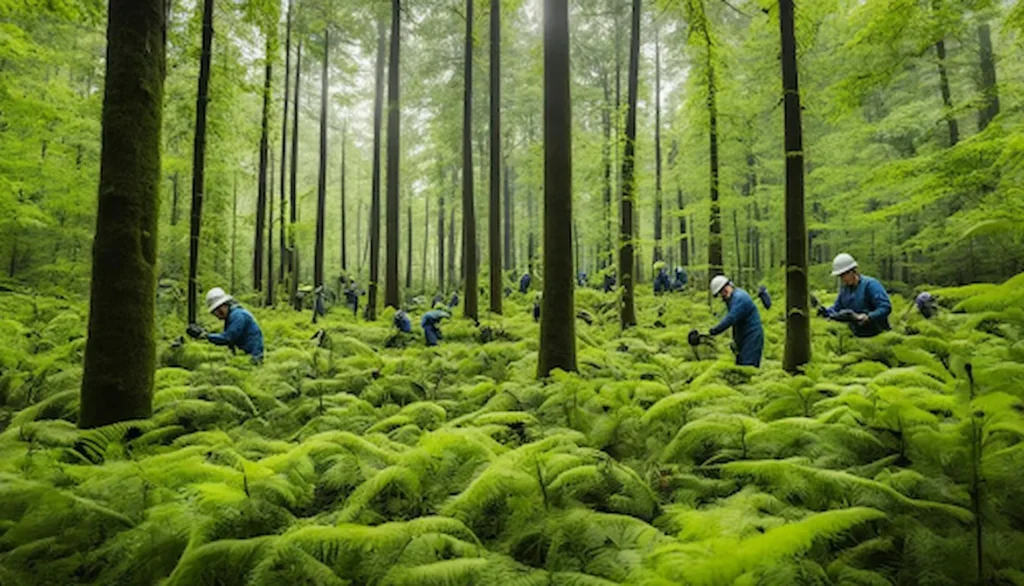
Similarly, in the Great Plains, reforestation projects that add shelterbelts (tree lines along farmland) have helped small mammals, songbirds, and insects reestablish themselves. These efforts don’t just support wildlife—they also protect soil and improve crop health, offering environmental and agricultural benefits.
You can learn more about such sustainability efforts by visiting our Sustainable Living page.
The Human-Wildlife Connection in Forested Lands
When forests are restored, it’s not just wildlife that benefits—communities do too. Forests regulate local temperatures, reduce noise pollution, and improve mental health. Urban reforestation, for instance, makes cities more livable for people and animals alike.
Many cities in the United States, such as Portland, Seattle, and New York, are incorporating green zones and urban forests. These act as stepping stones for birds and pollinators migrating through urban environments.
To explore ways you can green your space, visit our Urban Gardening category.
Educational Impact and Youth Involvement
One of the most powerful aspects of reforestation is its ability to inspire and educate the next generation. Across the U.S., schools and youth groups are taking part in tree planting initiatives. These programs teach children the importance of conservation and give them a chance to contribute to wildlife protection in a hands-on way.
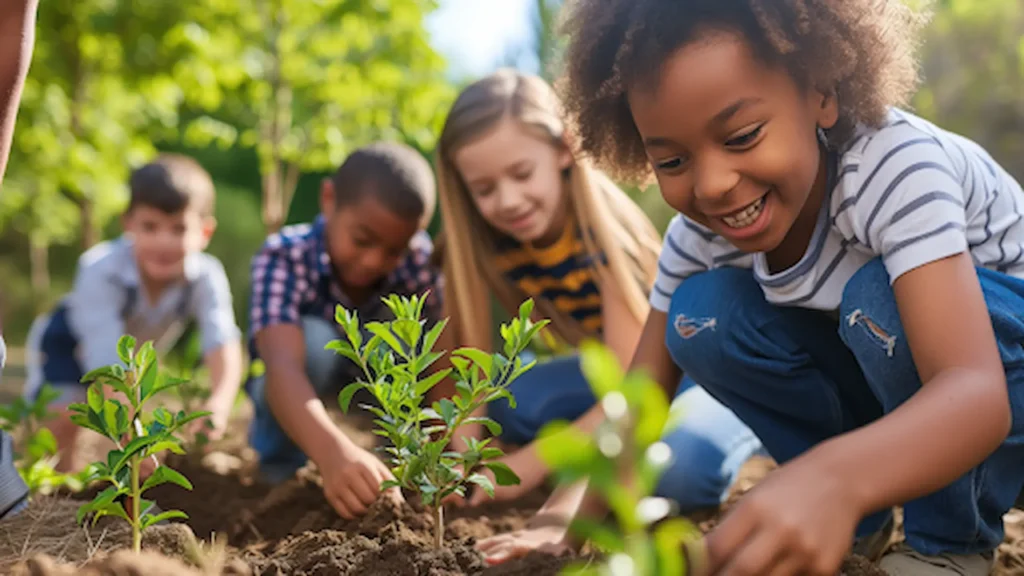
At Green Zone Hub, we believe that early education on environmental topics creates lifelong stewards of nature. Explore our Climate Education section for more ideas and learning tools.
Why Choose Green Zone Hub?
At Green Zone Hub, we focus on environmental education, conservation practices, and practical steps you can take to support biodiversity. Our goal is to connect individuals and communities with reliable knowledge and effective actions. From reforestation to sustainable living, we provide insights that make a difference. If you have questions or want to collaborate, feel free to get in touch.
Conclusion
Reforestation in the USA offers more than green landscapes. It’s a promise to future generations of wildlife that their homes won’t disappear. Every tree planted helps repair a broken ecosystem, and every acre restored brings animals one step closer to survival. Whether it’s large mammals, migrating birds, or small insects, all forms of life benefit from forest restoration.
Frequently Asked Questions
Q1: How does reforestation directly help animals in the US?
Reforestation rebuilds habitats, brings back native food sources, and supports the return of wildlife that had disappeared due to deforestation.
Q2: Which animals benefit the most from reforestation?
Birds, foxes, deer, and many endangered species benefit, especially those that depend on forest cover for shelter and reproduction.
Q3: Where are reforestation efforts most active in the USA?
Projects are active in states like Oregon, California, North Carolina, and areas around the Great Lakes.
Q4: How can individuals support reforestation?
You can volunteer, donate to planting organizations, or plant native trees in your own backyard or community.
Q5: Does reforestation help with climate change too?
Yes, trees absorb carbon dioxide, which helps reduce the greenhouse effect and improve air quality—both of which benefit humans and animals.
Q6: What is the difference between reforestation and afforestation?
Reforestation is the process of planting trees in areas where forests were previously destroyed. Afforestation refers to creating new forested areas where there were none before. Both support wildlife, but reforestation focuses on restoring original ecosystems.
Q7: How long does it take for wildlife to return after reforestation?
Wildlife may begin returning within months if conditions are right, especially small mammals, birds, and insects. Larger species may take years, depending on the maturity of the forest and the food sources available.
Q8: What types of trees are best for wildlife in the USA?
Native trees such as oaks, maples, pines, and willows are most beneficial because they support local insects, birds, and mammals. Planting native species ensures a better ecological balance and food availability.
Q9: Is reforestation only done in rural areas?
No. Reforestation efforts are also active in urban settings through community forests and green belts. Urban reforestation helps wildlife like pollinators, songbirds, and small mammals survive in city environments.
Q10: Can reforestation prevent animal extinction in the USA?
Yes, in many cases. By restoring lost habitats, reforestation gives endangered and threatened species a second chance to survive and repopulate. However, it needs to be paired with conservation laws and sustainable land use.
